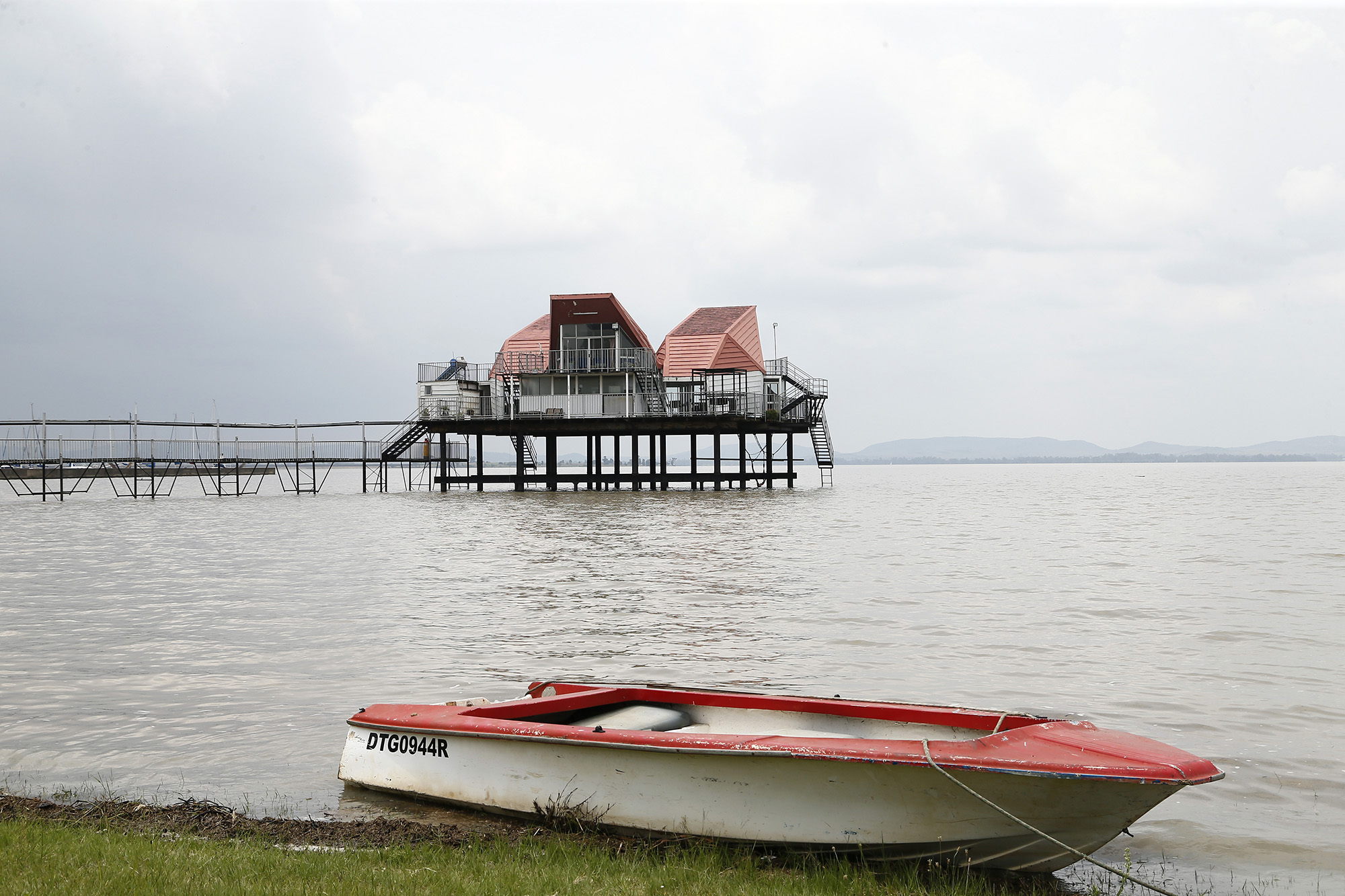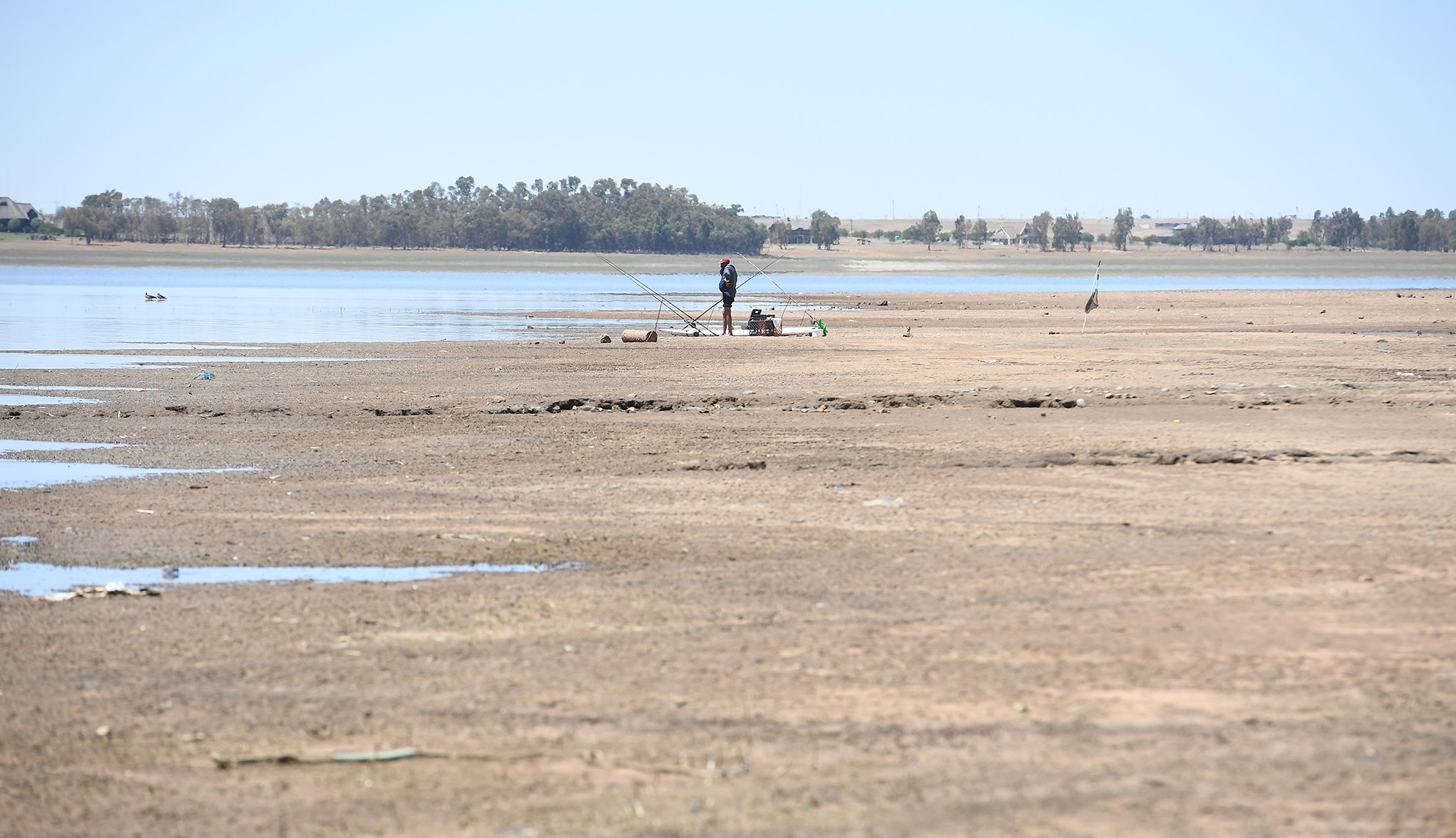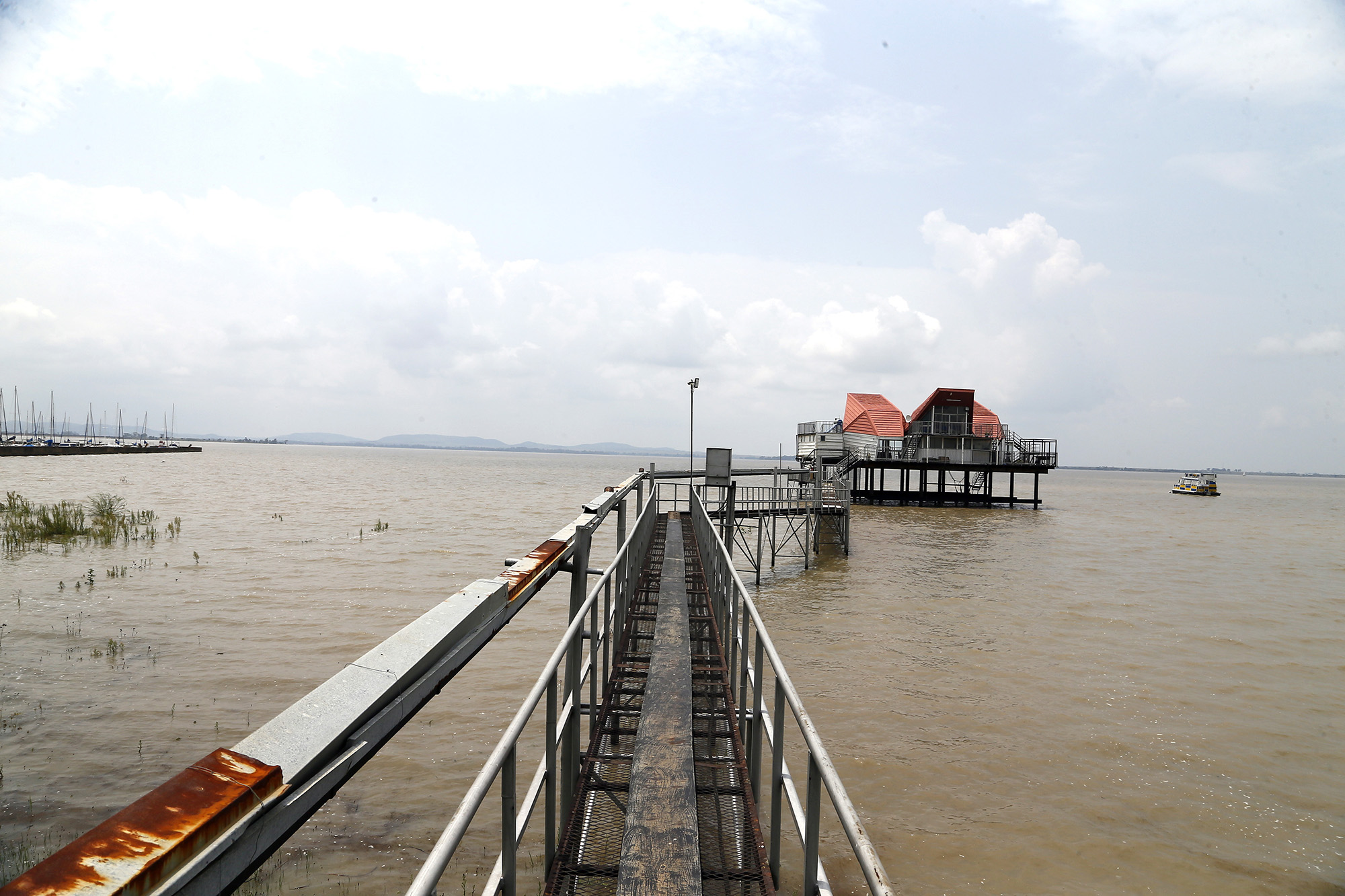Weeks of persistent heavy rainfalls have improved levels of South Africa’s largest water system, with key dams in the Integrated Vaal River System (IVRS) now at 89.4% full, according to the Department of Water and Sanitation’s latest statistics, on Monday 8 February.
The Vaal Dam, one of the major dams in the IVRS, is 101.5% full after reaching 100% at about 5pm on Monday, said the department.
Although 100% full, the dam still has some capacity to take more water, and sluices will open only once it reaches about 120%, Department of Water and Sanitation spokesperson Sputnik Ratau told Daily Maverick on Tuesday.
Last week the Vaal Dam was 79.8% full, said Ratau. A year ago, the dam was only 57% full.
Gauteng, Free State, North West and Mpumalanga all rely on the IVRS for their water. The system is crucial for the economic hub of Gauteng and supplies water to key industries such as Sasol and Eskom.
The Vaal Dam has reached 100% at 17:00 this afternoon. Meanwhile, strong inflows from the catchments supplying the Integrated Vaal River System (IVRS) continue strongly. #WaterIsLife @LindiweSisuluSA@Rand_Water https://t.co/KQppZpi2Fs pic.twitter.com/32cgqh3uEQ
— Water&SanitationRSA (@DWS_RSA) February 8, 2021
The Gariep Dam is now 112.9% full, and the Vanderkloof Dam, which borders the Free State and the Northern Cape, is now at 110.1%, Ratau said.
The national average level of South Africa’s dams is 87.9%, in comparison to 62.1% at this time last year.
Lesotho’s Mohale Dam also saw an increase, despite remaining below the 50% mark. The dam is 40.8% full, after rising from 38.2% last week, according to the Water and Sanitation Department’s latest levels. At the same time last year, the dam had dwindled to a distressing 12.8%.
The Katse Dam in Lesotho has risen from 64.8% last week to 68.6% full this week, the Water and Sanitation Department said.
Despite the recent downpours and flooding in Mpumalanga, North West and Limpopo, the Department of Water and Sanitation has not seen any damage to its infrastructure.
Provincial governments and the National Disaster Management Centre are working hard to bring relief to those who have been affected by the flooding, said Ratau.

This week: The Vaal Dam has reached its 100% capacity . Photo: Felix Dlangamandla/Daily Maverick.

In 2019: Water levels at the Vaal Dam dropped to below 50% on 29 October 2019. Felix Dlangamandla/Netwerk24
A drop for Western Cape dams
In the Western Cape, dam levels are “dropping slightly, which is entirely normal and to be expected”, said Western Cape Minister of Local Government, Environmental Affairs and Development Planning, Anton Bredell on Monday.
“We are in the hot, summer months where water demand is high and the province is largely a winter rainfall area. It is not unusual to see dam levels dropping,” said Bredell.
However, it is “reassuring” that the dam levels are higher than they have been in the past seven years for this time of year, Bredell added.
The latest average dam level for dams in the Western Cape is 62.2%, and the latest average level for dams providing water to Cape Town is 81.5%.
This is a significant increase when judged against levels from February 2020, when the average level for dams in the Western Cape was 50.5%, and the average level for dams supplying water to Cape Town was 68.4%.
Theewaterskloof Dam, which was 62% full at this time last year, is now 85.2% full.

The Vaal Dam as photographed on 9 February, 2021, 100% full. Photo: Felix Dlangamandla/Daily Maverick
The Berg River Dam at 81.4%, Voëlvlei Dam at 75.9%, Garden Route Dam at 100% and Clanwilliam Dam at 53.1% are also maintaining sufficient levels preceding the winter rainfall season in the Western Cape, said Bredell.
Flood damage
Heavy rains leading to localised flooding caused havoc across Mpumalanga, Limpopo and North West in recent days, with several deaths recorded in Mpumalanga.
The rain has subsided and so the risk of drowning has decreased, Mpumalanga Provincial Department of Cooperative Governance and Traditional Affairs spokesperson George Mthethwa told Daily Maverick on Tuesday.
“The number of fatalities and missing persons remains at eight and five respectively,” said Mthethwa.
In one incident, a 13-year-old boy riding on horseback was swept away while trying to cross a river in Donkerhoek.
The damage to Mpumalanga’s infrastructure caused by Tropical Storm Eloise, is estimated at R435-million. The most pressing issue for the department is to repair the damage which is affecting communities from commuting freely, Mthethwa said. DM























 Become an Insider
Become an Insider
Comments - Please login in order to comment.